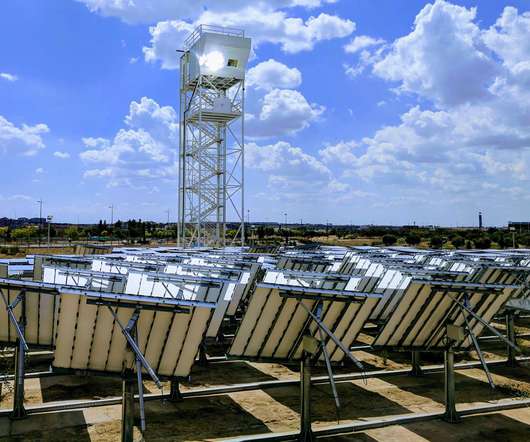Twelve and LanzaTech successfully convert CO2 to ethanol
Green Car Congress
MARCH 4, 2022
Our process aims to rebalance the overabundance of carbon in our environment and instead reuse it for meaningful applications. This approach is highly scalable and could ultimately produce ethanol at an industrial scale, while simultaneously eliminating CO 2 emissions. —LanzaTech CEO Dr. Jennifer Holmgren.











































Let's personalize your content